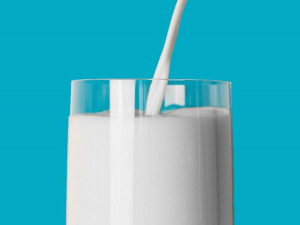Farmer fury
OPINION: The new Labour Government in the UK is facing the wrath of farmers. Last week thousands of farmers and their supporters converged in London protesting changes to inheritance tax for farmers announced in the Budget.
 Whereas liquid milk consumption may be declining, the production of value-added products is increasing.
Whereas liquid milk consumption may be declining, the production of value-added products is increasing.
Milk consumption in the United Kingdom has dropped by just under 50% since 1974.
The fall in UK’s per capita consumption of milk is greater than in the US — it experienced a reduction of 40% of per capita liquid milk consumption since 1975.
The UK findings were reported within an analysis by the Agriculture and Horticulture Development Board (AHDB).
According to AHDB, despite 98.5% of UK households still buying milk to drink, the average per capita consumption has fallen from 140 litres per year (2.7 litres per week), to just 70 litres (1.4 litres per week).
But it’s not all doom and gloom — AHDB reports that value-added dairy products like cheese are experiencing growth.
AHDB says that the volume of milk going into UK cheese has increase by 1.09 billion litres in the past ten years.
In contrast, the volume of milk going into liquid manufacturing has dropped by 720 million litres in the same timeframe.
When American retail giant Cosco came to audit Open Country Dairy’s new butter plant at the Waharoa site and give the green light to supply their American stores, they allowed themselves a week for the exercise.
Fonterra chair Peter McBride says the divestment of Mainland Group is their last significant asset sale and signals the end of structural changes.
Thirty years ago, as a young sharemilker, former Waikato farmer Snow Chubb realised he was bucking a trend when he started planting trees to provide shade for his cows, but he knew the animals would appreciate what he was doing.
Virtual fencing and herding systems supplier, Halter is welcoming a decision by the Victorian Government to allow farmers in the state to use the technology.
DairyNZ’s latest Econ Tracker update shows most farms will still finish the season in a positive position, although the gap has narrowed compared with early season expectations.
New Zealand’s national lamb crop for the 2025–26 season is estimated at 19.66 million head, a lift of one percent (or 188,000 more lambs) on last season, according to Beef + Lamb New Zealand’s (B+LNZ) latest Lamb Crop report.